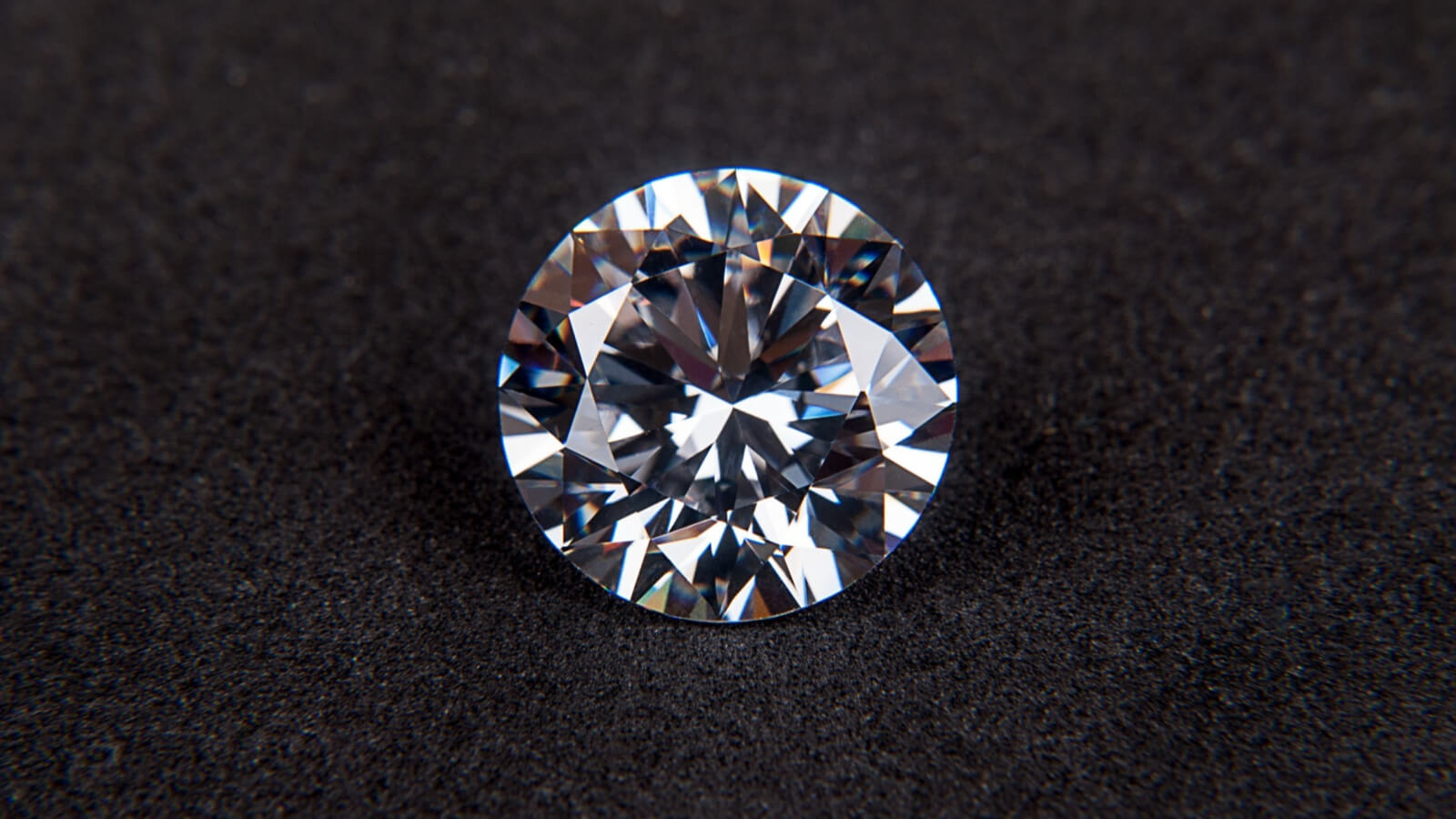There are about 3,800 known minerals on Earth. Some are used in industry, others for jewelry, and some are considered useless. So what makes some minerals valuable as jewelry and others not so much? And how do jewelers classify different minerals for their jewelry value?
How Are Minerals Chosen for Jewelry?
Generally, a particular mineral becomes jewelry-worthy when these three things are present:
-
Durability: A stone that falls apart under normal use or can’t be cut into an appealing shape is unsuitable. This is one reason why diamonds and rubies are so valued. They’re hard to break or scratch! Accordingly, there are many beautiful minerals that are too fragile or cannot be shaped into wearable pieces and so they can’t be used for jewelry.
-
Rarity: If it’s hard to find, it will be worth more. Yet even common minerals can have rare examples. This may come as a surprise to you, but diamonds are surprisingly common in the earth’s crust, which is why you can have diamond-tipped drill bits and files made at a reasonable cost. But jewelry-grade diamonds without impurities are extremely rare, which makes them more expensive.
-
Aesthetic appeal: Due to the color, luster, or the way light shines through it, some minerals are naturally attractive to humans. The deep green of an emerald, the shine of gold, or the clarity of a diamond are attractive and look good when worn. Tastes and trends change over time, making some minerals more subjectively valuable than others.
Not all jewelry minerals fall into all three of these categories, though durability is a must. Some organic materials, like jets and pearls, are quite fragile, but their rarity and beauty are enough to make them valued. And something simple like a steel wedding band may not be rare at all, but it’s certainly built to last and it has a symbolic value through that sturdiness that gives it an aesthetic appeal.
Classification of Precious and Semi-Precious Stones
Minerals that are either refined or cut to be used for jewelry are called gemstones. The difference between precious and semi-precious comes down to how they were arbitrarily classified to indicate their perceived value.
This is why the classification of precious and semi-precious can get confusing. While different cultures and times have rated different stones as more or less valuable than others, this particular classification dates from the 1800s based on what we knew at the time, and the names have stuck.
Precious Stones
There are just four precious stones:
- Diamonds
- Rubies
- Blue sapphires
- Emeralds
All other stones used in jewelry are semi-precious stones.
Semi-Precious Stones
As we mentioned above, classifications are really arbitrary, and old classifications just stick, so the meaning doesn't really have the effect that people might think. Depending on the mineral and the grade, for instance, there are semi-precious stones that are more valuable than precious ones. And amber and jet aren’t even rocks.
Many factors go into the cost of one stone compared to another. Some of it is supply and demand. Some of it is fashion. And some of it is due to promotion by the industry based on these factors. Nevertheless, some stones have stood the test of time, as judged by the International Colored Gemstone Association:
-
Semi-Precious: pearl, black onyx, opal, blue topaz, moonstone, alexandrite, agate, amethyst, aquamarine, garnet, lapis lazuli, peridot, rose quartz, spinel, tanzanite, tourmaline, turquoise, and zircon.
-
New Classics: tanzanite, tourmaline, aquamarine, imperial topaz, tsavorite garnet.
-
Collector Gems: spinel, zircon, moonstone, morganite, beryl.
-
Affordable Stones: amethyst, citrine, ametrine, peridot, rhodolite garnet, blue topaz, iolite, kunzite, diopside, andalusite.
Some of these lower-level stones can look quite like precious stones. For example, diopside is a brilliant green much like an emerald. However, it is far less durable and can be split easily if struck along a cleavage plane. On the other hand, the Tsavorite garnet is a much more recently discovered mineral with many advantages over emeralds. If a more reliable source is found, it might supplant emeralds at the top!
The 4 C’s and Gemstones
You may have heard of the 4 C’s before; color, clarity, cut, and carat weight, but did you know that this also applies to precious and semi-precious stones?
Each type of precious and semi-precious stone has a certain color that it’s expected to take on, that makes it perfect, or a little less than, or on a scale. The same with clarity! Whereas this won’t apply as much to gemstones like turquoise, many stones are prized for their clarity. The cut of a gemstone, just as with a diamond can make or break it! A perfect stone, incorrectly or inadequately cut won’t dazzle and inspire nearly as much as an imperfect stone, perfectly cut to bring out its beauty.
How do you know which precious or semi-precious stone to choose?
Ultimately, the best stone is the one that you think looks the best for your style and will last long enough for you to get the full value of the piece. If you’re interested in exploring some of these minerals, stop by your closest Grogan Jewelers showroom to see some examples! We would love to see what your ideas and delights are, and create a custom piece for you!
And remember, the difference between precious and semi-precious is only as relevant as how precious something is to YOU!


